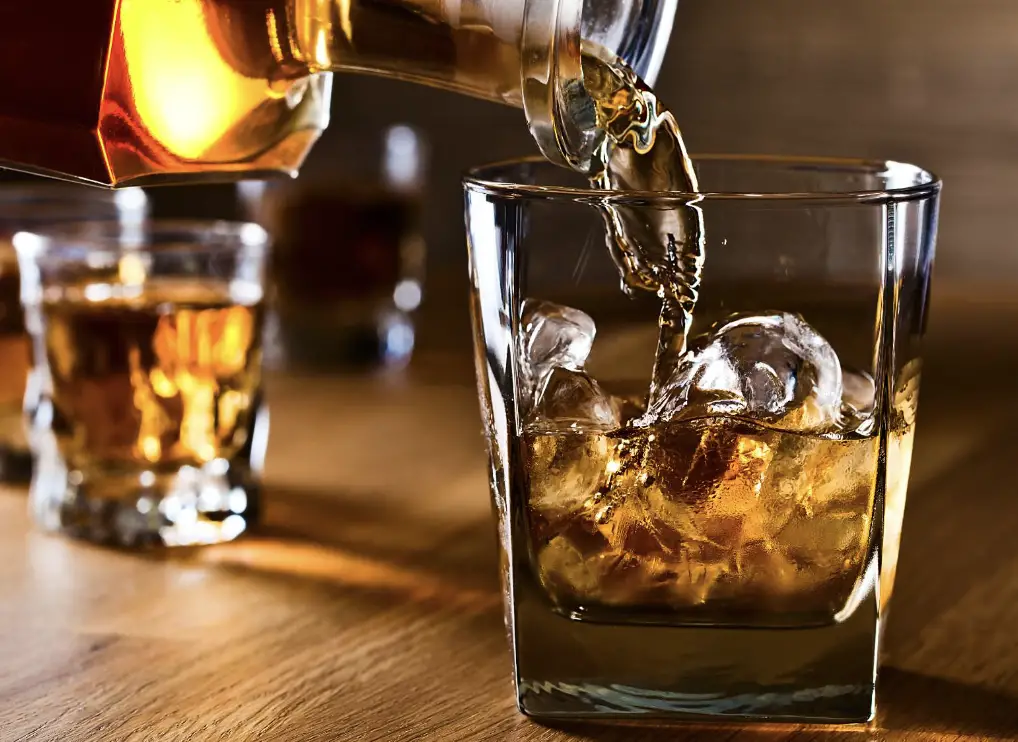Bourbon, a quintessential American spirit, has earned its place as a beloved libation cherished by enthusiasts and newcomers alike. With its rich history, complex flavors, and diverse expressions, bourbon offers a sensory journey that extends beyond the mere act of drinking. However, not all bourbons are created equal. In this blog post, we’ll delve into the key factors that differentiate a good bourbon from a lesser one, guiding you on a path to understanding and appreciating the nuances of this cherished spirit.
Quality of Ingredients: The Foundation of Greatness
- Grain Bill: A good bourbon starts with high-quality grains, typically including a mix of corn, malted barley, and rye or wheat. The specific proportions of these grains contribute to the bourbon’s flavor profile and character.
- Water Source: The purity and mineral content of the water used during the distillation process play a crucial role in shaping the final taste of the bourbon.
Distillation Process: A Balancing Act of Art and Science
- Distillation Method: Skillful distillation is vital to the creation of good bourbon. The use of traditional copper pot stills or column stills, along with careful monitoring of the distillation process, contributes to the final product’s quality.
- Barrel Aging: Bourbon must be aged in new charred oak barrels, and the aging process significantly impacts its flavor. Quality bourbons are often aged for several years, allowing them to develop complex and layered taste profiles.
Flavor Profile: The Symphony of Tastes and Aromas
- Balance: A good bourbon strikes a harmonious balance between its various flavor components, including sweetness, spice, and oakiness.
- Complexity: A well-crafted bourbon offers a multifaceted experience on the palate, revealing different layers of flavor as you sip and savor.
- Aromatics: The aroma of a bourbon is a preview of the sensory journey to come. Quality bourbons exhibit inviting and intriguing aromas that entice the senses.
Smoothness and Finish: The Lasting Impression
- Smoothness: A good bourbon goes down smoothly, without harsh or overly aggressive alcohol burn. This attribute is often a result of proper aging and distillation techniques.
- Finish: The finish of a bourbon refers to the lingering flavors and sensations after you’ve taken a sip. A quality bourbon will have a satisfying and memorable finish that leaves you wanting more.
Authenticity and Transparency: Honoring Tradition
- Sourcing and Labeling: Authentic bourbons adhere to strict regulations and are transparent about their sourcing, distillation methods, and aging processes.
- Craftsmanship: Quality bourbons are crafted with care and attention to detail, often by distilleries that have a rich heritage and commitment to tradition.
Conclusion: A Toast to Excellence
As you embark on your journey through the world of bourbon, keep these factors in mind to distinguish between good and subpar offerings. A good bourbon is a masterpiece that combines the artistry of distillation with the science of aging, resulting in a liquid expression of craftsmanship and heritage. Whether you’re sipping it neat, on the rocks, or as the foundation of a classic cocktail, a good bourbon promises an exceptional experience that engages the senses, delights the palate, and invites you to savor the finer things in life. So, raise your glass to the pursuit of excellence, and may your bourbon adventures be filled with the discovery of exceptional flavors and unforgettable moments. Cheers to the distinguished world of bourbon, where quality reigns supreme!
